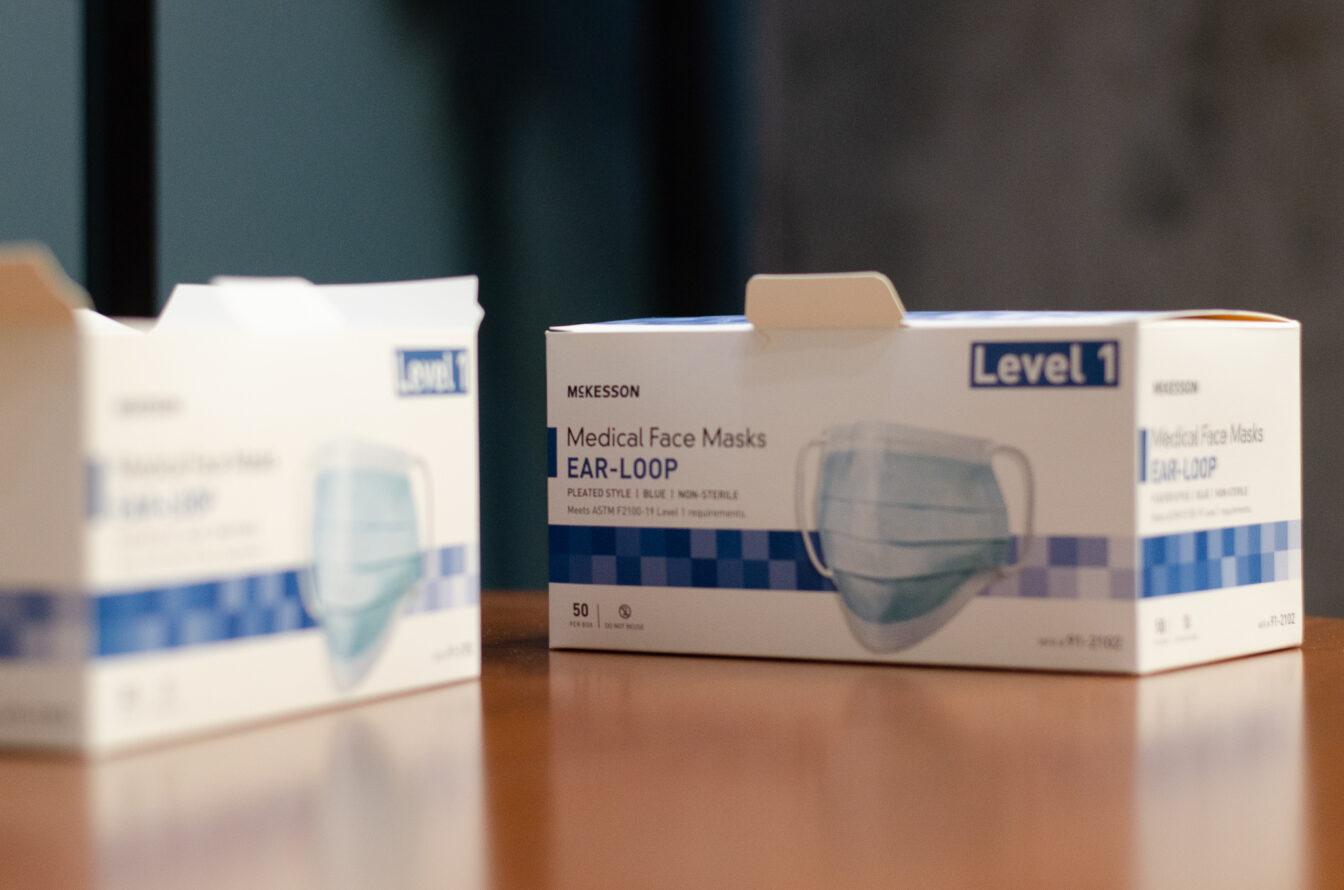The hundreds of students graduating from University of Wisconsin’s College of Engineering this spring comprise the first cohort to experience much of their engineering education through what are known as “flipped classrooms.”
“Flipped classrooms,” sometimes referred to as “blended learning,” is a method the traditional approach to education is reversed and different technologies are incorporated into the classroom.
Instead of students attending 50 minute lectures and then completing homework and projects outside of class, students are asked to complete online lecture videos before they even step into the classroom.
While most instructors in the College of Engineering are encouraged to transition to a flipped classroom model, it is not a requirement. Ultimately, each instructor decides how to best teach his or her own classroom, UW electrical and computer engineering professor Barry Van Veen said.
Van Veen decided to try flipping his classroom after seeing the space available in Wendt Commons Library through the Wisconsin Collaboratory for Enhanced Learning, a program dedicated to facilitating more active learning.
When the students come to class already primed on the material, Van Veen said students can use class time to work with the material and ask questions if they’re struggling.
“They get to have an expert work with them and teach them at the point of their confusion,” Van Veen said.
Not only that, but Van Veen, who has used a flipped classroom approach to teach introductory courses on signal processing since 2012, said turning lecture material into videos helps condense 50 minute lectures down to 10 or 15 minutes of information for students to quickly access and review.
Million dollar donation will bring more active learning to lectures
Because the students have worked with material during the class period, rather than passively taking in information through a traditional lecture, he said he can give students more difficult homework than prior to flipping his classroom.
“Tests are actually easier for students now,” Van Veen said. Even though the content of his exams hasn’t changed.
Greg Moses, an emeritus professor of engineering physics and pioneering implementer of blended learning, acknowledged this approach isn’t perfect for every student — some still need additional help. But his goal is to turn “B” students into “A” students.
Still, he could point to data he’d collected from his own years spent teaching with this method. As his approach to the flipped classroom improved, the percentage of students with higher grades increased, indicating a greater mastery of material.
“Twenty years ago, college graduates were hired because of what they knew,” Moses said. “Today, college graduates are hired because of what they can do.”
Van Veen, who also works with neuroscientists researching the brain, stressed that learning isn’t easy, and it shouldn’t be. Learning, Van Veen said, involves physically changing the brain, changing neurons.
To build new knowledge, students have to engage with material repeatedly. They can’t just expect to repeatedly watch the material and understand it, Van Veen said.
“One of the false conclusions is that we need some of the best lecturers in the world to record lectures,” Van Veen said. “[People think they] just need a computer to guide them through exercises. I sometimes ask people, ‘If you’re going into major surgery, would you rather your surgeon listened to a ton of lectures or have practice under the guidance of an expert, coach or mentor?’”
But he hasn’t found that to be the case. Learning is relational and experiential, Van Veen said. Though the technology is here to create a flood of tutorials, streaming videos won’t replace the traditional classroom because students need to interact with and engage the material — it can’t be passive.
New website looks to connect UW System Graduates with Wisconsin jobs
A couple of years ago, Van Veen said, there was a big push for many of the College of Engineering entry level lectures to transition to being flipped. Money has been donated and space within the college has morphed to accommodate blended learning.
But predominantly, Moses said, the flipped classroom approach is mostly found among the professional schools, like the College of Engineering, School of Business and School of Nursing.
Compared to the College of Letters and Science, there’s a stronger incentive for these schools to experiment with different learning methods, Moses said.
To remain accredited, Moses said, each school is given a rigorous evaluation every seven years by the respective organizations of each discipline.
Beyond these incentives, Van Veen said, implementing the flipped classroom approach is more about changing the culture of education than anything else.
“Our goal is things like the flipped classroom and blended learning not to be seen as some pioneering activity but institutionalized practice,” Van Veen said. “You begin to impact the culture, and more and more people buy it.”














